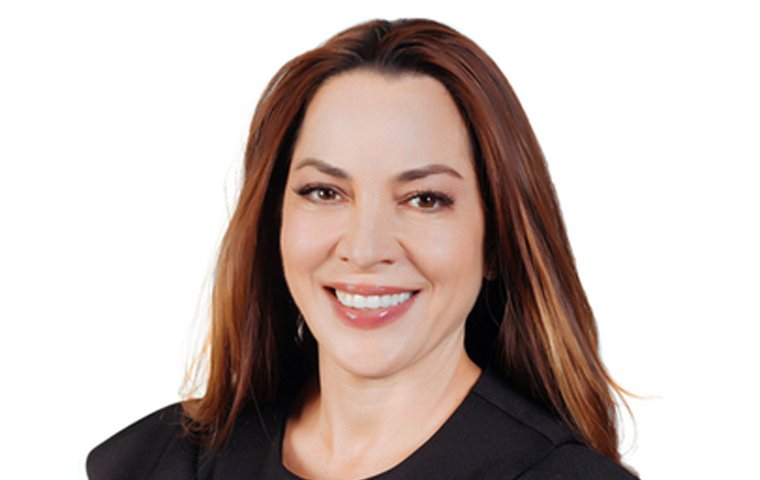
In his latest missive, Charles Hayward issues another cri de coeur – but time is rapidly running out for the industry to put its house in order
When the Horseracing Integrity and Safety Act was signed into law in December 2020, a new, safer era for the sport of Thoroughbred racing was in the offing as industry stakeholders and experts came together to modernize the centuries-old tradition under the Horseracing Integrity and Safety Authority (HISA).
In February this year, Lisa Lazarus started in the role as CEO. Lazarus came with a strong background in equine law – from former employers Morgan Sports Law – plus deep experience at the international governing body for equestrian sports and a decade at the NFL where she served as the league’s labor relations counsel. Here she represented the NFL’s 32 member clubs in collective bargaining issues and contested arbitrations, including anti-doping enforcement matters.
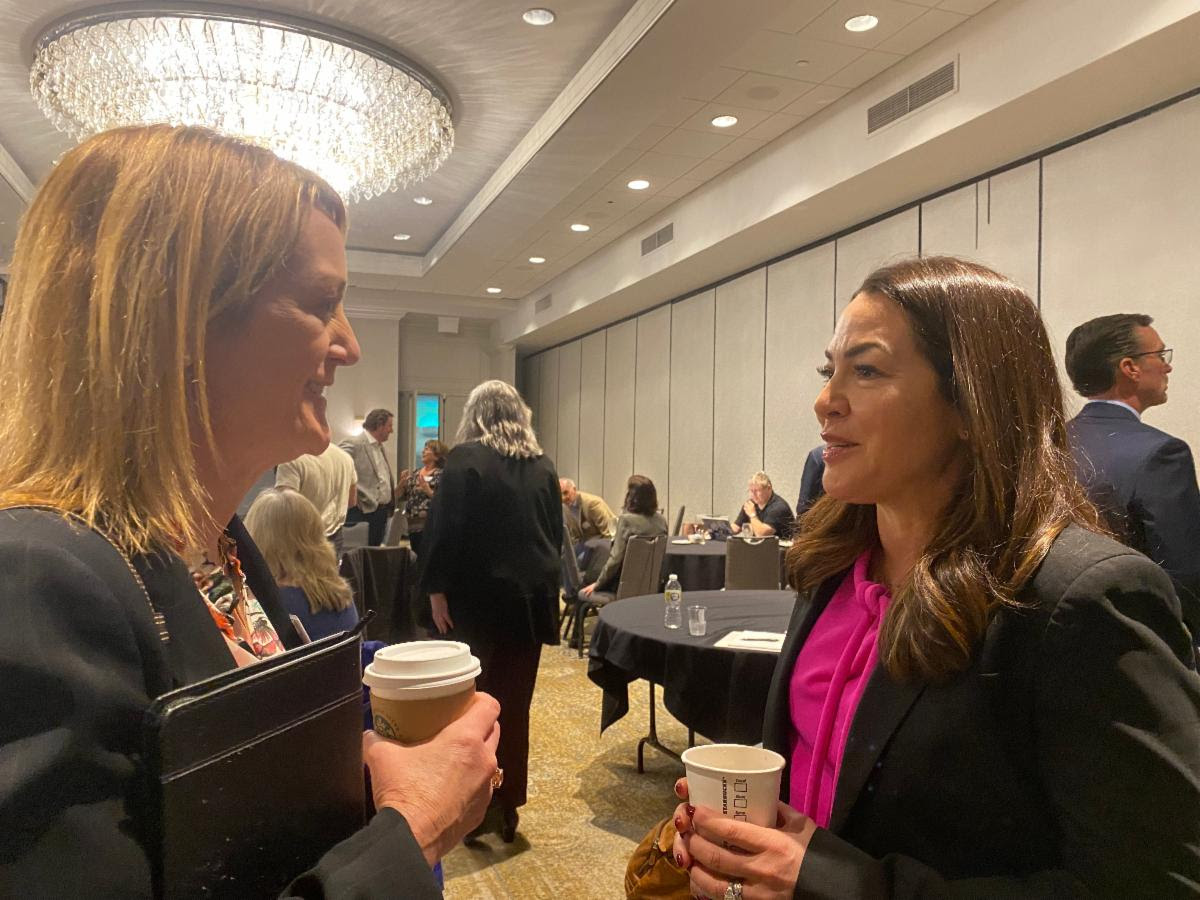 I have been impressed with her leadership and communication skills from he first three months-plus but let’s be clear: the federally mandated timeframe that HISA is working under is truly challenging.
I have been impressed with her leadership and communication skills from he first three months-plus but let’s be clear: the federally mandated timeframe that HISA is working under is truly challenging.
The HISA bill was passed and signed into law only on December 20, 2020, and the HISA board did not even convene until May 27, 2021, when Charles Scheeler was elected chairman. Barely 13 month later – by July 1, 2022, to be precise – all racing participants and “covered persons” (i.e. those licensed by a racing commission) must register with HISA .
HISA’s racetrack safety program rules and national accreditation standards must also be implemented by July 1, with January 1, 2023, the revised date for their anti-doping and medication control program.
A steep climb
Even without such an impossible timeframe, the HISA board and management team face an immense challenge with the development and consolidation of new laws and management across the 41 states where wagering can be conducted on Thoroughbred racing.
Each state currently maintains a team of stewards that enforce the raceday rules at each track within the state and the stewards and track management executives report to each state racing commission.
On June 2, 2021, Frank Angst reported in the Bloodhorse on HISA chairman Charles Scheeler’s first meeting with the national press. This turned out to be the same day that a split sample test confirmed an initial failed post-race drug test for the 2021 Kentucky Derby winner, the Bob Baffert-trained Medina Spirit, who was soon disqualified.
Scheeler used aspects of the case to outline improvements he envisioned. He said: “I think that these events of recent weeks underscore the significance in the project that we’re undertaking, because until now horse racing has been governed like the old Revolutionary era Articles of Confederation, where the states called the shots, made the rules, and you ended up with some results, like you have here, which are sometimes consistent; sometimes inconsistent.
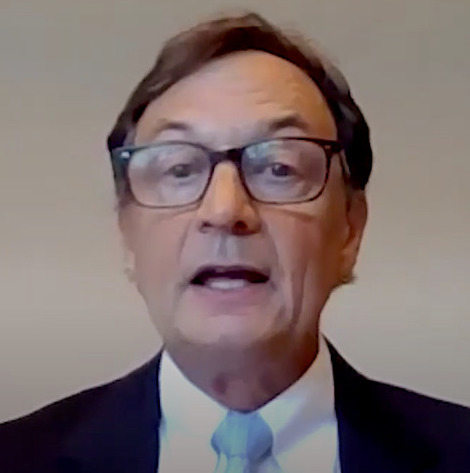 “It's going to be the job of our organization to address those concerns, to implement standards, rules, and enforcement mechanisms across the entire country; apply them uniformly and try to make a sport which is safer, which is clean, and which is fair—both to those who we govern in terms of due process and also in terms of the public in terms of the information made available to them about the sport.
“It's going to be the job of our organization to address those concerns, to implement standards, rules, and enforcement mechanisms across the entire country; apply them uniformly and try to make a sport which is safer, which is clean, and which is fair—both to those who we govern in terms of due process and also in terms of the public in terms of the information made available to them about the sport.
“So that's what we're trying to do and it's quite a steep climb – I'll be the first to admit it.”
The new legislation that created HISA will necessarily transform many aspects and practices of Thoroughbred racing and breeding.
Breakdown in negotiations
However, as I mentioned several times, one major delay in rolling out the HISA program was a breakdown in the negotiations between HISA and the United States Anti-Doping Agency (USADA), where HISA was stipulated by the legislation to negotiate with USADA to provide the anti-doping medication control enforcement agency under the act.
I can only presume that both parties negotiated in good faith, but it in end the two parties could not agree on the pricing and level of services that USADA would provide for HISA.
But I would like to congratulate Charles Scheeler, Lisa Lazarus and the HISA Board for their selection of Drug Free Sport International (DFSI) as their partner. DFSI, in turn, will build an Independent Anti-Doping and Medication Control Enforcement Agency (ADMC).
Clearly, they have some very strong management talent blessed with experience in the field of international doping plus senior management and board members that have strong relationships with many US and UK professional sports organizations. Perhaps most importantly, many members of the HISA board and their two operating execs have direct experience with WADA and USADA.
Lessons learned
I do believe that there are some lessons that the US racing industry has learned from over a decade of work and engagement with the management team at USADA and I would like to share a few of those thoughts.
The longstanding relationship between the Jockey Club and USADA has delivered substantive results in combatting performance enhancing drugs and cheating in Thoroughbred racing.
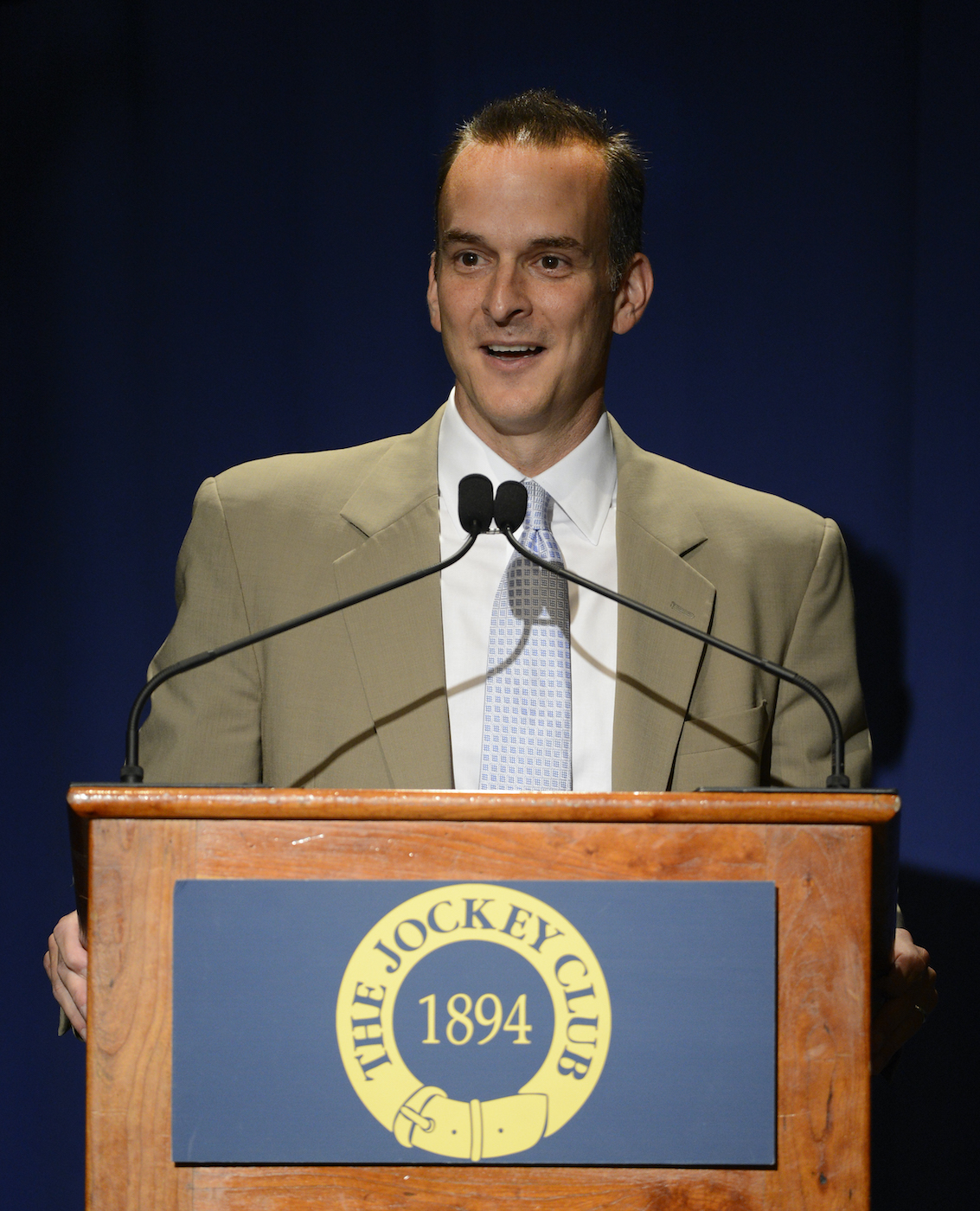 The start of this Jockey Club/USADA started in August 2012 when USADA president Travis Tygart came to speak at the Jockey Club Round Table conference in Saratoga Springs. USADA is recognized by the US Congress as the official anti-doping organization for all Olympic, Paralympic, Pan American and Parapan American sport in the country.
The start of this Jockey Club/USADA started in August 2012 when USADA president Travis Tygart came to speak at the Jockey Club Round Table conference in Saratoga Springs. USADA is recognized by the US Congress as the official anti-doping organization for all Olympic, Paralympic, Pan American and Parapan American sport in the country.
In the past, I have borrowed at length from Tygart’s 2012 presentation in this slot, such as in this piece dated March 3 and entitled ‘Change the culture – or risk going the way of the circus and dog racing’. Tygart spoke of an alleged “win-at-all-cost culture” and the necessity of effective out-of-competition testing, in which USADA are well versed.
Here are some further excerpts from a presentation that really hit home with me:
”I'm here to hopefully show the parallels between what you all are going through and what the Olympic movement worldwide, but also in the US, went through over the last decade or so.”
“Hopefully our experiences in the Olympic movement over the past few years, really since late 1999, can be an example for you all. You heard it from Michael again this morning, the ratings for the Olympics today on those earlier announcements about the money revenues that the Olympics have generated.”
Anti-doping must take credit
“I think anti-doping has to take some credit for that, because I think when the integrity was being diluted back in the late '90s, the world of Olympic sport alongside governments said: ‘What can we do to recapture the magic?’ And similar discussion and analysis that you all have done over the past couple years took place. While it took about four years from '99 to 2004 before those uniform rules came into existence and were adopted by everyone and agreed by everyone, it has shown, I think, significance since then.”
At first, I thought that cyclists and swimmers did not seem to have much in common with racehorses. However, the athletes may not appear to perform like horses, but in fact the athlete and his/her trainer are not that different from the trainer and owner of the horse. Another issue that one quickly learns is that a lot of performance-enhancing drugs that are used in athletes are also used in horses. I’m thinking of EPO, steroids, amphetamines, cocaine, growth hormones, testosterone, et cetera. All found in both horse racing and human athletic events.
One specific issue used effectively by USADA on their website is their detailing of individual sanctions against individual athletes, going back as far as 2009.
HISA should strongly consider the use of published sanctions for the entire US Thoroughbred racing industry. I think that we need to expose and publish when horses and their trainers are cheating and the relevant penalty and sanction for that illegal behavior.
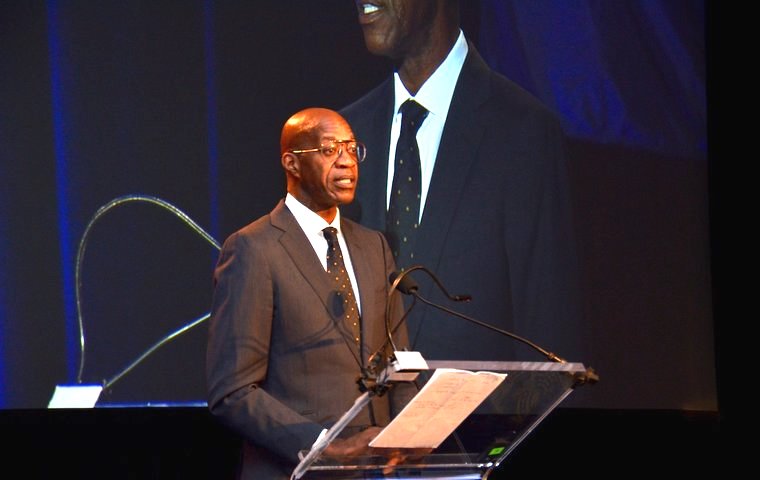 Three years later in 2015, Olympic legend Edwin Moses, the USADA chairman, also spoke at the Round Table on the topic with an address entitled ‘The Anti-Doping Matrix of Effectiveness’ in which the legendary former 400-meter hurdler outlined a number of measures we can look at to assess the components of any effective anti-doping program.
Three years later in 2015, Olympic legend Edwin Moses, the USADA chairman, also spoke at the Round Table on the topic with an address entitled ‘The Anti-Doping Matrix of Effectiveness’ in which the legendary former 400-meter hurdler outlined a number of measures we can look at to assess the components of any effective anti-doping program.
Six-point program
Moses said: “As we go through these together, I encourage you to think about them in the context of the sport of horse racing, and not think about how the current system in the sport does or does not measure up to this matrix and how the current proposal would achieve these universally accepted criteria for effectiveness.”
Moses went on to outline a six-point anti-doping program for the US Thoroughbred racing industry based on USADA’s experience.
Read Edwin Moses's presentation to the Jockey Club Round Table 2015
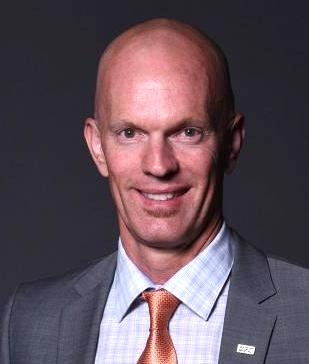 Twelve months later at the same event, Jeff Novitzky, the VP, Athlete Health and Performance, spoke on behalf of the UFC (Ultimate Fighting Championship). At that time, Novitzky had been at UFC for a year and a half overseeing UFC’s comprehensive anti-doping program as a client of USADA.
Twelve months later at the same event, Jeff Novitzky, the VP, Athlete Health and Performance, spoke on behalf of the UFC (Ultimate Fighting Championship). At that time, Novitzky had been at UFC for a year and a half overseeing UFC’s comprehensive anti-doping program as a client of USADA.
At the Round Table, Novitzky stated that he was excited to be speaking at the Round Table because of the parallels between horse racing and what he had witnessed and worked on in his tenure at the UFC for the previous year and a half, as it relates to issues of anti-doping and UFC’s anti-doping program. Six years later, Novitzky is now Senior VP.
Read Jeff Novitzky's presentation to the Jockey Club Round Table 2016
USADA works very closely with UFC, but USADA runs the UFC anti-doping program independent from the UFC organization. Anyone that wants an education in the policies and merits of a strong anti-doping program is encouraged to go to the Jockey Club Round Table website and read Novitzky’s detailed and fascinating speech.
So the question now becomes how did the Jockey Club engage in an anti-doping investigation of its own?
Brief but powerful statement
At the end of the 2014 Round Table, Dinny Phipps made this brief but powerful statement: “I emphasized that, if the state-by-state approach failed to produce the needed changes, we would look for alternative means to implement these reforms.”
Phipps retired as Jockey Club chairman in August 2015 to be succeeded by Stuart Janney III. Consistent with Phipps’s thinking, in late 2015 Janney decided that, if the industry and elected officials wouldn’t act, the Jockey Club would pursue action of its own.
Reporting in the April 29, 2020, edition of the Washington Post, Gus Gilbert-Roberts reported extensively on the Jockey Club initiative that resulted in the notorious arrest of 28 individuals headed by high-profile trainers Jason Servis and Jorge Navarro. ‘With private eyes and political muscle, horse racing’s elite pushed to punish dopers’ was the article’s headline.
Gilbert-Roberts wrote: “In late 2015, Janney decided that if the industry and elected officials wouldn’t act, the Jockey Club would. But he found initial meetings with detective agencies uninspiring.”
USADA president Travis Tygart suggested a more formidable force. 5 Stones Intelligence was, at the time, secretly playing a central role in uncovering the conspiracy involving Russian state-sponsored doping of its athletes.
David against Goliath
The intelligence agency was founded by David Tinsley, a former DEA supervisor known for pursuits of some of the most sophisticated criminals on the planet. Tinsley was no doubt zealous: he branded his Miami-based company after David’s five stones in his pouch for his battle against Goliath.
But when it was time 5 Stones Intelligence was well placed to turn investigations into federal indictments. Not only is it staffed with former federal agents, but the private company has in recent years been awarded millions of dollars’ worth of business with the Department of Justice and other US agencies.
It took the Jockey Club in partnership with Jeff Gural and 5 Stones a tremendous amount of investigative work and almost five years when the indictments were made public on March 9, 2020 – and 28 industry participants were arrested that same day.
I would like to finish with excerpts from an article in the Paulick Report on March 10, 2020, by Barry Irwin, founder and CEO of Team Valor International.
Irwin wrote: “Monday’s initiative to go after cheaters in horse racing starkly portrays the dilemma our industry faces. The initiative taken by the Justice Department and the FBI was a victory for jurisprudence and a failure of every state in A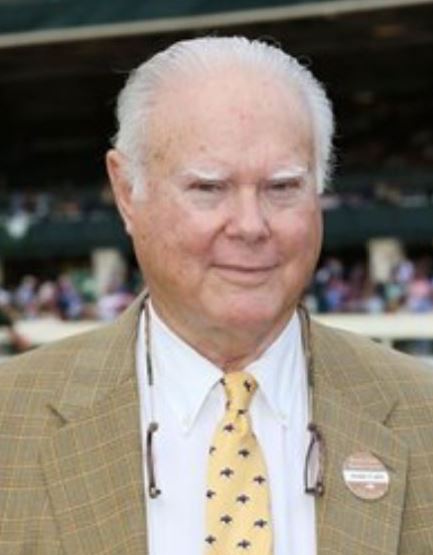 merica, its regulators, racing boards, investigators, Thoroughbred racetracks and rank-and-file members of racing, who stood idly by and allowed cheating on a mass scale at the very highest level of the sport to go unchecked.Racing’s institutions, save one, all failed in their mandates to ensure the integrity of our product because of a lack of will and skill …
merica, its regulators, racing boards, investigators, Thoroughbred racetracks and rank-and-file members of racing, who stood idly by and allowed cheating on a mass scale at the very highest level of the sport to go unchecked.Racing’s institutions, save one, all failed in their mandates to ensure the integrity of our product because of a lack of will and skill …
“Testing is not unimportant, but it is not the total answer. The best use of testing is not in catching a crooked act, but in confirming a finding once it has been discovered by means of investigation. But – and here’s where will comes in – without the will to catch cheaters, there can be no investigations … in sum, we will have to see how this investigation plays out, but to date this is a big win for the industry because the magnitude and level of cheating was driving our two main constituents, owners and bettors, out of the sport.
“Finally, the indictment of these 27, now 28, individuals is a promising first step. However, there remains a culture of cheating or taking an edge and there are trainers at our racetracks that are prepared to step in a void and use their own performance-enhancing playbook and a criminal network to support them. If you want the industry to survive and grow, there is no choice. The Thoroughbred racing industry needs the Horseracing Integrity Act to overhaul and develop our own investigative tools, impenetrable pari-mutuel pools and penalties that will be serious deterrents from criminal activity.”
Irwin articulated the problems that the industry needs to address and solve. He made the point that collectively the current industry has failed, with the exception of the Jockey Club.
HISA has assembled a very strong board and management team and the organization that requires a strong medication control committee and an effective racetrack safety program committee to do the job that is not being done.
Consistent miserable failure
The racetracks, the horsemen’s and owner organizations and the state racing committees have consistently failed miserably.
The Thoroughbred racing industry collectively has failed to develop a successful and forward-looking business with high integrity at its core.
There are many talented industry participants that stand ready to support the necessary important HISA initiatives, but HISA needs to provide the leadership that has been lacking in the US Thoroughbred racing and breeding industry for many years.
It is essential that anyone committed to the future of US racing works collaboratively with HISA. This is the industry’s last chance to demonstrate that Thoroughbred racing is a major international sport that deserves to succeed.
• View all Charles Hayward’s previous articles in his influential View from the Rail series
‘And down the stretch they come!’ – the story of Dave Johnson and racing’s most famous catch phrase
Larry Collmus: With a few exceptions, track grandstands are empty
Hip-hop goes clip-clop: rap star Jack Harlow goes viral at Churchill Downs
View the latest TRC Global Rankings for horses / jockeys / trainers / sires


